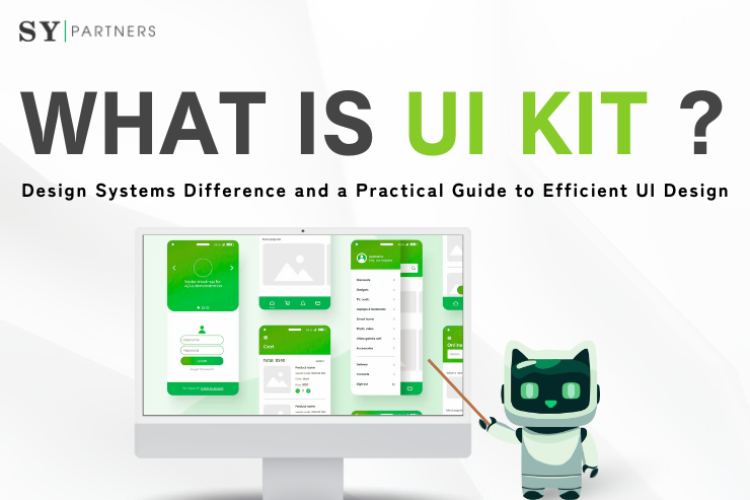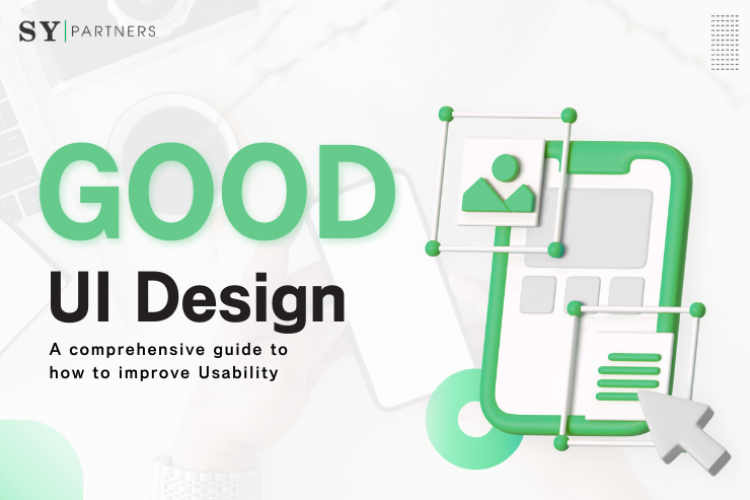What is UX? 7 Key Elements and Practical Steps to Improve User Experience
In the digital age, users no longer seek just functionality in products and services. What truly matters is an intuitive and enjoyable experience—known as User Experience (UX)—which plays a critical role in determining the success of businesses and brands. A well-designed UX not only boosts user satisfaction but also drives measurable business outcomes.


 EN
EN JP
JP KR
KR




